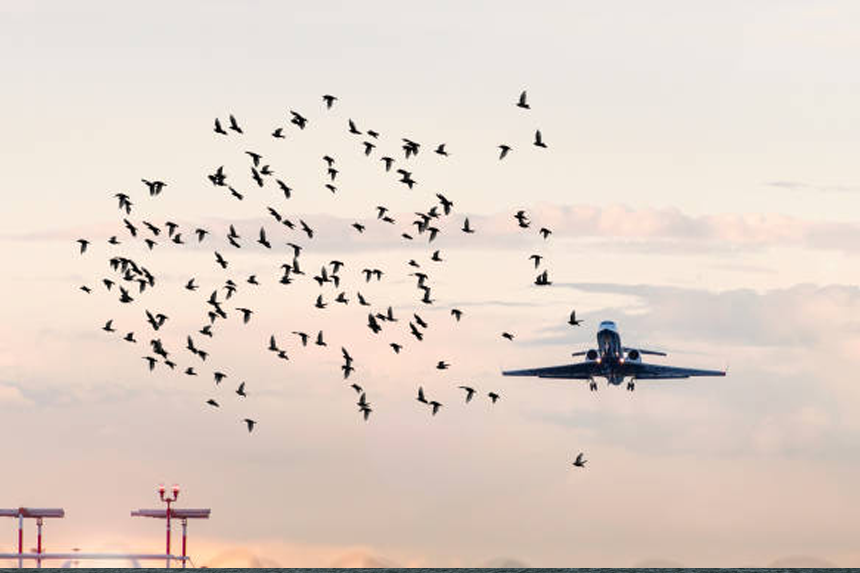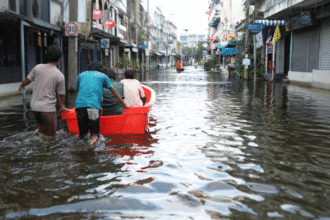After a devastating flight disaster in December that killed 179 people, all South Korean airports will have to add thermal imaging radars and bird detection cameras by 2026. The devastating incident has led to widespread calls for enhanced safety measures to prevent similar disasters in the future, particularly in light of a bird strike that was found to be a significant contributing factor in the crash.
The inquiry into the disaster, the deadliest in South Korea’s history, has already uncovered a bird strike as a crucial role. Authorities began looking into bird-related dangers, like as bird strikes, as a potential cause of the accident after discovering feathers and bloodstains on both engines of the Boeing 737-800.
“Bird detection radars will be installed at all airports to enhance early detection of distant birds and improve response capabilities for aircraft,” said the Ministry of Land in a statement. The ministry further said that the radar devices will enable air traffic controllers monitor the size and movement of birds in real-time, allowing them to inform pilots and ground staff before a collision occurs, notably preventing dangerous bird strikes.
All airports will need thermal imaging cameras in addition to radars. Only four South Korean airports now have thermal cameras installed, but it’s unclear if any of these establishments have the required bird detecting radar systems in place to successfully stop bird strikes.
What efforts will be done to prevent bird-related incidents?
The new safety measures are part of a bigger strategy to prevent bird strikes and improve runway safety. The Ministry of Land also announced that facilities that attract birds, such as waste dumps, must be moved away from airport regions to lessen the danger of bird-related incidents, particularly bird strikes.
Following a thorough examination of the nation’s airports in the wake of the tragedy, South Korea also announced plans earlier in January to improve runway safety areas at seven airports. These actions attempt to prevent future bird strikes and safeguard the safety of passengers.
What part did the bird strike play in the crash's course?
The cause of the collision is still being looked into. But according to aviation safety experts, if it weren’t for a concrete structure at the end of the runway that the plane slammed into after attempting an emergency landing, the number of fatalities may have been far lower.
The Jeju Air flight had left Bangkok on December 29 and was traveling to Muan International Airport. Shortly before the collision, air traffic authorities had cautioned the crew about suspected bird activity in the area. The bird strike was a crucial point in the flight’s crisis when the pilot reported that the aircraft had struck a bird and sent out a mayday signal at 08:59, only two minutes after the warning.
The pilot requested permission to land from the opposite direction. The plane belly-landed without its landing gear deployed in an emergency landing attempt. After hitting a concrete structure, it detonated after overrunning the runway. According to preliminary investigative findings, the pilot’s choice to make an emergency landing was influenced by the bird incident.
From the flight data, what did investigators discover?
Four minutes prior to the crash, the voice recorders in the cockpit and flight data stopped working. Investigators later studied the black boxes, which offered important information on the final minutes of the flight.
Who were the crash's victims?
There were 179 people on the trip, with ages ranging from 3 to 78. Most of the passengers were in the 40–60 age range. Sadly, the tragedy claimed the lives of only two cabin staff members.








